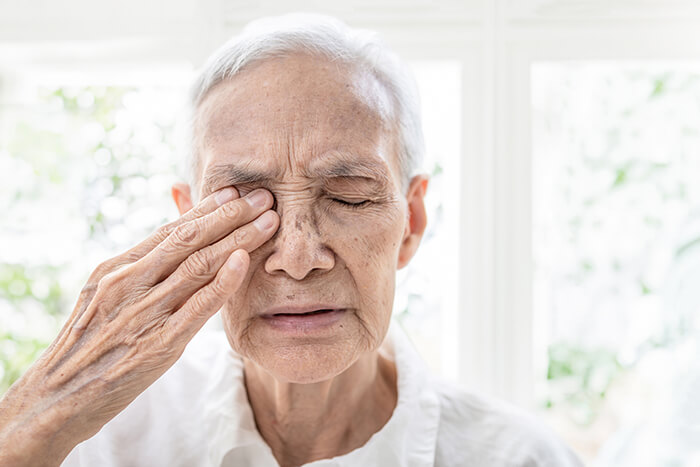Macular Degeneration
Click Here For More Information
The macula is a part of the retina in the back of the eye that ensures that our central vision is clear and sharp. Age-related macular degeneration (AMD) occurs when the arteries that nourish the retina harden.
Deprived of nutrients, the retinal tissues begin to weaken and die, causing vision loss. Patients may experience anything from a blurry, gray or distorted area to a blind spot in the center of vision.
AMD is the number-one cause of vision loss in the U.S. and one of the leading causes of adult blindness and visual impairment. Macular degeneration doesn’t cause total blindness because it doesn’t affect the peripheral vision. Possible risk factors include genetics, age, diet, smoking and sunlight exposure.
According to a study done by Healio, because age is such a major risk factor, it is estimated that more than 5.44 million people will be affected by the disease by 2050.
Regular eye exams are highly recommended to detect macular degeneration early and prevent permanent vision loss.

Symptoms of macular degeneration include:
- A gradual loss of ability to see objects clearly
- A gradual loss of color vision
- Distorted or blurry vision
- A dark or empty area appearing in the center of vision
There are two kinds of macular degeneration: “wet” and “dry.” The “wet” form can be treated in its early stages. The “dry” type of macular degeneration is typically more prevalent, though there is not currently a treatment to slow or stop the progression of advanced dry AMD.

Prescription medicine for the treatment of patients with wet age-related macular degeneration (AMD) is also available, and may include:
Please contact us to learn more about your options.


